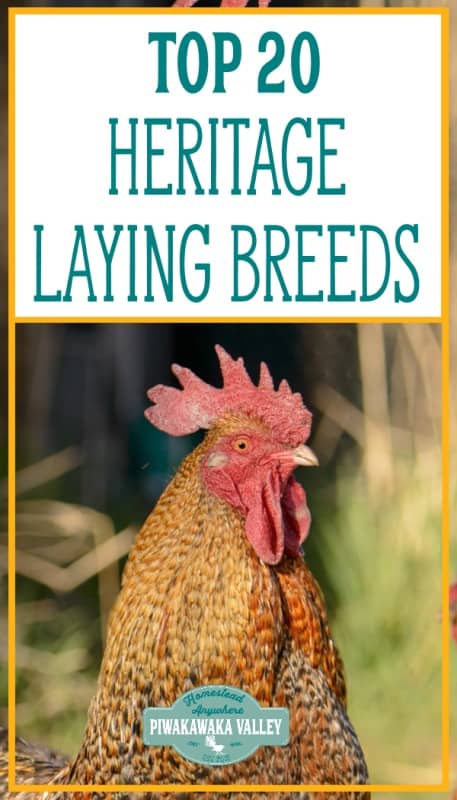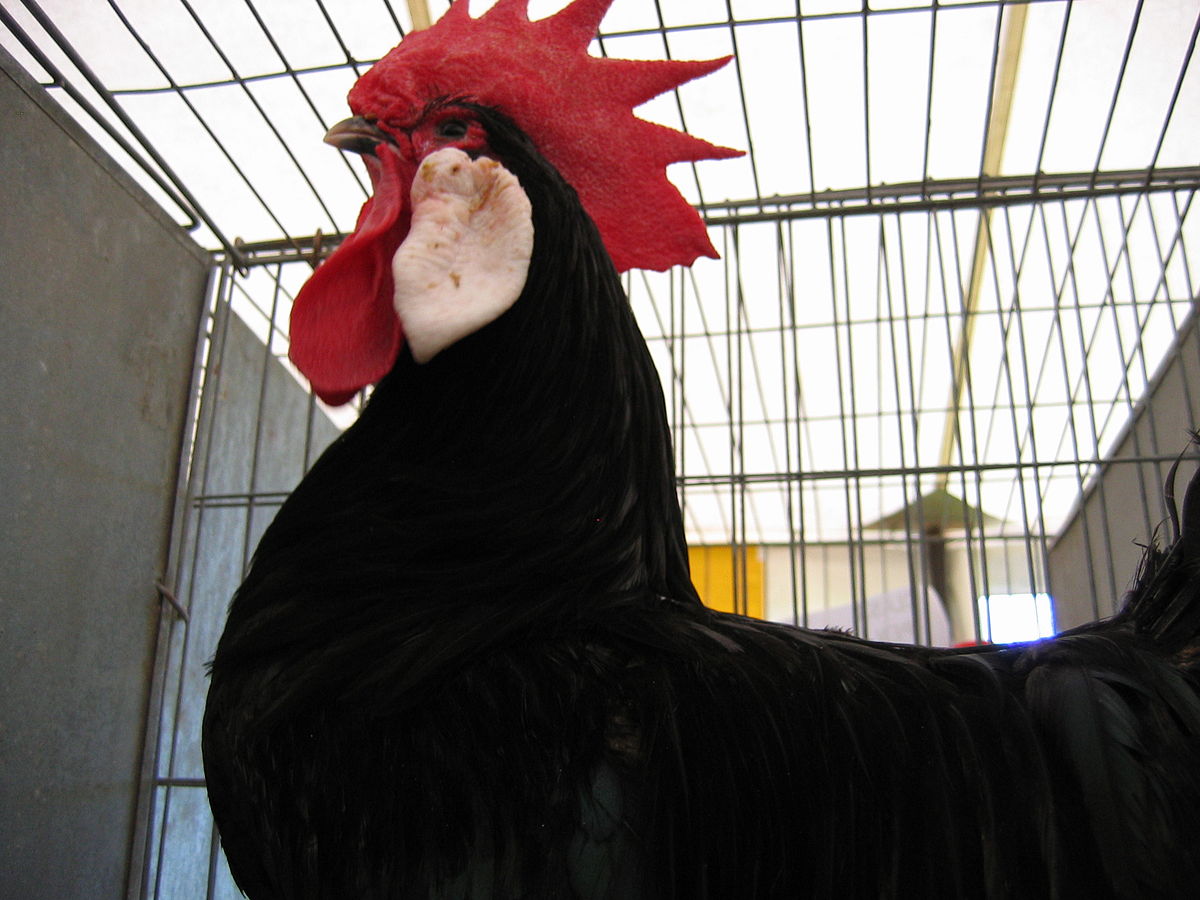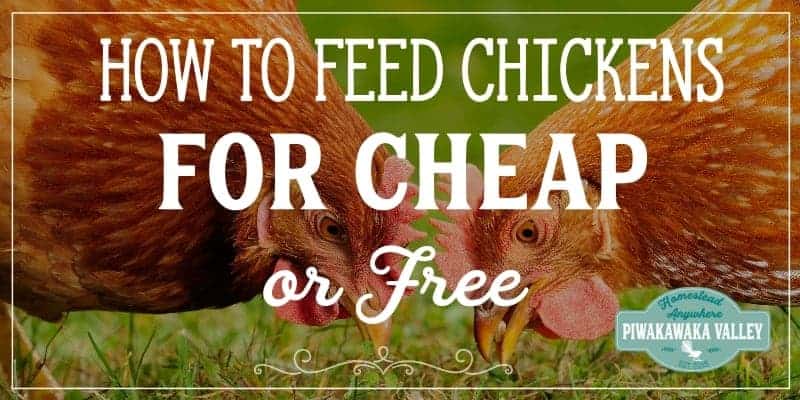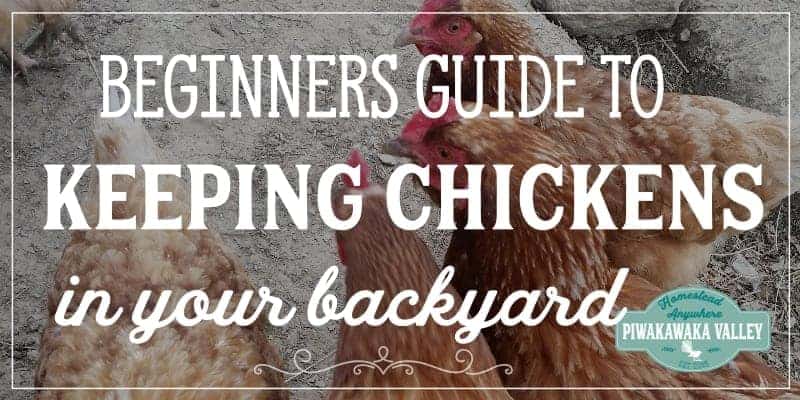This post was most recently updated on March 10th, 2021
Choosing the right egg laying chicken breeds for your backyard is an overwhelming task. There are literally hundreds of chicken breeds available and they all lay eggs. When you are looking for a hen that lays lots of eggs, you need a layer breed rather than a meat or dual purpose breed. Here are the top 20 best heritage chicken breeds for egg laying.
Please read: This information is provided for educational purposes only and is not intended to treat, diagnose or prevent any disease. We encourage you to make your own health care decisions in partnership with a qualified health care professional.
This post contains affiliate links, this means at no extra cost to you, we make a commission from sales. Please read our Disclosure Statement
What is the Difference Between a Dual Purpose Chicken and an Egg Laying Chicken?
Dual purpose birds are bred for both meat and eggs. They are large and most will go broody and breed readily. They are a great option for homesteads as you can replace your layers easily. Then you can simply prepare the roosters for the dinner table.
However a dual purpose chicken usually lays a maximum of 250 eggs per year. But usually they lay closer to 180-200 eggs. If you want a dual purpose bird – I have you covered with the top 3 dual purpose options too.
Specific heritage laying birds will give you 250-300 eggs per year for many years. Commercial layers will give you 300-350 eggs per year for the first 20 months, then their production drops off sharply.
Heritage laying chickens are just that, they are small, high-energy and built for turning their food into eggs. Egg laying chicken breeds do not make great eating, or good mothers for that matter. They have been bred to not go broody, as that will reduce the amount of time that they are productively laying eggs.
Some people prefer to keep ducks for laying eggs instead of chickens.
RELATED: Everything you need to know about raising laying hens
Benefits to Heritage Egg Laying Chicken Breeds
There are many benefits to choosing to raise heritage egg laying chicken breeds in your backyard or on your homestead.
There are so many breeds available it is often more of a challenge to try and select just one , which is why many people with a choose to raise more than one .
Commercial laying chickens are hybrids are bred to live indoors, and can be too sensitive to free range in many areas, whereas are not so fragile. The is actually a specific combination of several breeds including the and . These are known for their ability to make a sex link chick so you can tell what sex they are at hatching, as well as for their amazing .
Heritage chickens are designed to thrive in an outdoor environment, they are wise when it comes to avoiding predators and are hardy in a variety of weather.
Hybrid commercial chickens are a specific cross of particular breeds, so if you cross two of the hybrids, the offspring will not exhibit the same characteristics as the parents.
Hybrids also walk such a fine line that if you continue to breed the hybrid line, you will quickly develop genetic anomalies. This will cause problems and you will end up with a weak and sickly line of chickens.
Commercial hybrids are not designed to free range and are simply designed to convert as little feed into as many eggs as possible.
Because commercial birds’ ability to produce eggs starts dropping steeply after 20 months, you will need to replace your birds every 2 years.
In contrast, heritage chickens will continue to lay well for you for 5-6 or more years. And you can breed your own replacements.
If you keep a rooster in with your egg laying hens, you will get fertile eggs. Then you can place them either in an incubator or under a broody hen or bantam.
Simply save up 8-10 eggs for a broody hen, keeping them at room temperature until you have enough. Then place them all at once under a broody hen. She will do the rest of the work.
Commercial chickens reach point of lay at about 20 weeks, where as heritage breeds take closer to 26-28 weeks. Also heritage chickens cost more initially, but if you can get a rooster you will not have to buy more.
So here are my picks for the best heritage egg layers. Hybrids do have their place, but if you want to be sustainable and save money then heritage are the way to go!
Top 20 Heritage Egg Laying Chicken Breeds
1. Leghorn
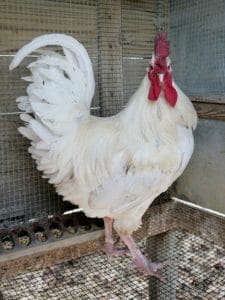
If you are looking for laying efficiency, this win hands down. Available in 10 colors, the most common by far is white.
The will lay 280-320 eggs per year. They seldom go – great for , but if you want to them you will need a or incubator.
Leghorns are friendly but very agile, and they will fly over low fences that would otherwise contain larger/heavier birds.
2. Rhode Island Red
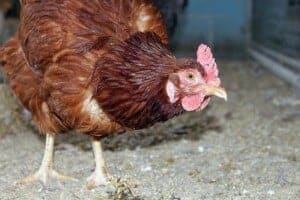
The this was originally bred as a , with enough on it’s frame to make the roosters and old layers worth eating as a . However, all recent breeding since the 1940’s has focused on the breeds’ laying ability.
These days a can be expected to lay up to 300 eggs per year. As a they can be aggressive, so watch them with more docile breeds like the Sussex. Rhode Island Reds are hardy and adaptable.
They lay a and they seldom go , they are a very popular backyard .
RELATED: How to make money with chickens
3. Ameraucana or the Araucana
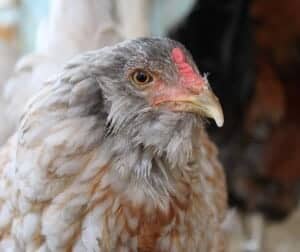
The Ameraucana has been bred from the Araucana, but with the aim or removing the lethal genes that some Araucana carry. These genes are the ones responsible for the rumplessness and ear tufts that some birds have. A double dose of these genes are lethal in chicks, so they do not exist.
Both of these breeds lay pretty blue-green eggs and will lay around 250 eggs per year. They are friendly little birds, though they are more suited to more mild to warm climates.
At the moment we have commercial hybrids as that is what is easily available here. We hope to get a breeding set of leghorns in the coming spring.
4. Ancona
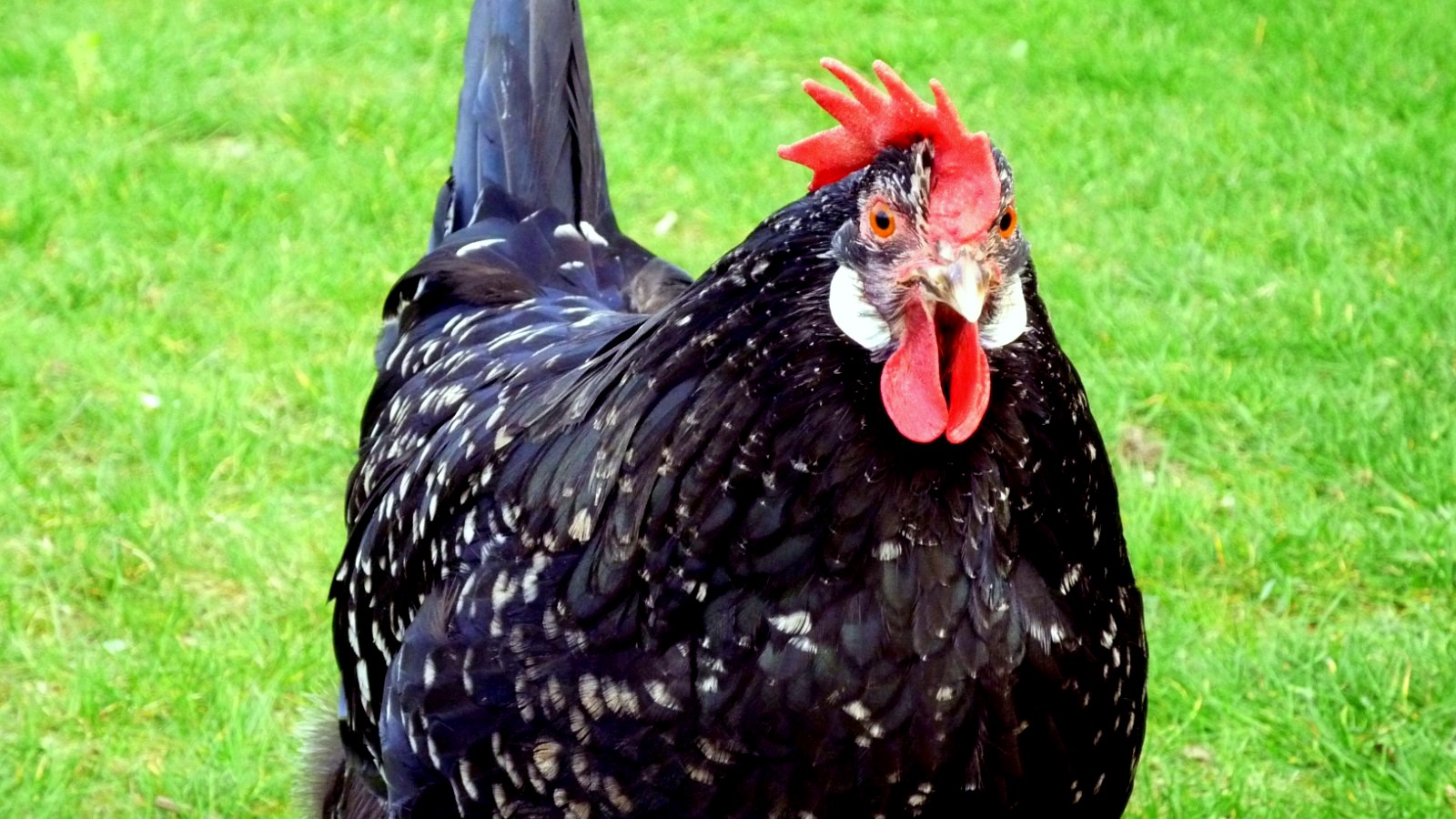
By CC BY-SA 3.0, Link
These beautiful black and white speckled birds were bred to be able to hide well from predators. They are wonderful little birds and lay well pretty much year-round. They lay a medium sized white egg.
5. Andalusian

By CC BY-SA 3.0, Link
Indigenous to the autonomous community of Andalusia in south-west Spain, these are a lovely blue colour and lay a medium sized white egg.
These are commonly known as the Blue Andalusian, but due to the dilution gene that causes their colour, they can range from very light grey to black, but the blue colouring happens in over half of the birds. Like many good laying heritage breeds, their earlobes are white rather than red.
6. Minorca
The Minorca chicken is a well-known exhibition bird in many countries of the world, but in the island of Menorca is an endangered breed and considered to be at risk of extinction. Known for their amazing ability to forage for food, these little hens are a delight to add to the flock.
Minorca chickens come in a range of colours, with the black minorca being the most popular. They have large white earlobes, glossy black feathers and large floppy red combs. In some countries there is a pea-comb variant that is also acceptable.
They start laying at about 6 months of age, lay a large white egg and can lay around 120-160 eggs per year.
7. Australorp

By Link
The Australorp is a breed of chicken developed in Australia as a dual purpose chicken with a focus on laying eggs in their hot climate. The Autralorp became famous in the 1920’s when it broke egg laying records and it has been a firm favourite in homesteads and backyards ever since.
The Australorp come in black, blue or white (1). They are also known to be great brooders and wonderful mothers. No wonder they are so popular.
8. Barred Plymouth Rock

By Link
The Barred Plymouth Rock is another classic farm chicken. They are large, with extra cockerels being good table birds. While the hens lay large, pale brown eggs all year-round.
They are resistant to cold, calm and friendly, and are great sitters/brooders and attentive mothers.
9. Hamburg
The Hamburg is a breed of chickens developed in Holland in the 1400’s. It is a small, lightweight breed with a rose comb. They come in a wide range of colours including silver-spangled, gold-spangled, gold-pencilled, citron-pencilled, silver-pencilled, white, black and citron-spangled.
Hamburg chickens mature quickly and lay plenty of glossy white eggs.
10. Houdan
The Houdan is an old French breed with an unusual butterfly-shaped comb, and is one of few breeds to have five toes rather than the usual four.
The most common colour is ‘mottled’ but they also come in black, cuckoo, pearled grey, and white. Originally bred as a dual purpose breed, it is mostly used as a show bird today. However, they do produce an impressive number of medium sized white eggs, so they make an interesting addition to a backyard laying flock of chickens.
11. Orpington

These large birds are popular on homesteads and in backyards alike. They are friendly, with lots of floofy feathers. They make great sitters and attentive mothers.
The original colours are black, white, buff, blue and splash however there are now a range of colours available, including my favourite – the lavender.
Orpingtons lay about 200 pale pinkish eggs a year.
12. Barnevelder
The barnevelder is a Dutch breed known for their laying abilities. The hens are good layers of large brown eggs and, unlike some other breeds, continue to lay well during winter.
They lay a medium sized, light brown eggs, about 200 per year. The hens display double laced patters and they come in black or blue laced as well as a few other variations.
13. Welsummer

By CC BY-SA 2.0, Link
The welsummer chicken was bred in the Netherlands predominantly as a laying breed. Welsumer hens lay about 160 eggs per year; the eggs are dark brown and weigh about 65 grams.
They are an intelligent bird, also calm, friendly and docile. Welsummers love to forage, and are not great flyers, so they can be confined to an area with minimal fencing if desired.
14. Wyandotte
The Wyandotte is a dual-purpose breed, kept for its brown eggs and its yellow-skinned meat, it was also known as the American Seabright.
The Wyandotte is a dual-purpose breed, raised both for eggs and for meat. It matures moderately rapidly, and hens are good layers, laying about 200 eggs per year.
15. Sussex
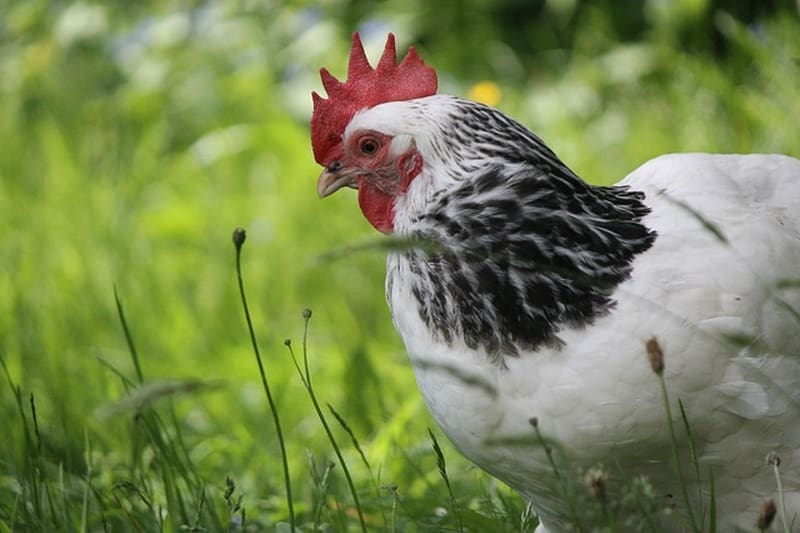
The Sussex chicken is an old British breed that comes in 8 recognized colours including the popular Light Sussex and Speckled Sussex.
Used in the UK before the creation of hybrid meat birds, the light sussex in particular is a very fast growing, large bird that lays really well once mature. Hens lay some 180–200 pale eggs per year; some layer strains may give up to 250.
16. Campine

By CC BY-SA 3.0, Link
The Campine was originally a smaller version of the Braekel chicken, but it is now recognized as its own breed.
The Campine comes in two colours – silver or gold.
In Belgium (its country of origin), the Campine had a reputation as an “every day layer”, a reliable producer of large white eggs. Campines are considered to be a flighty, hardy breed with an active and inquisitive nature, however, they are among the most rare of domestic chicken breeds so can be difficult to find.
17. Polish
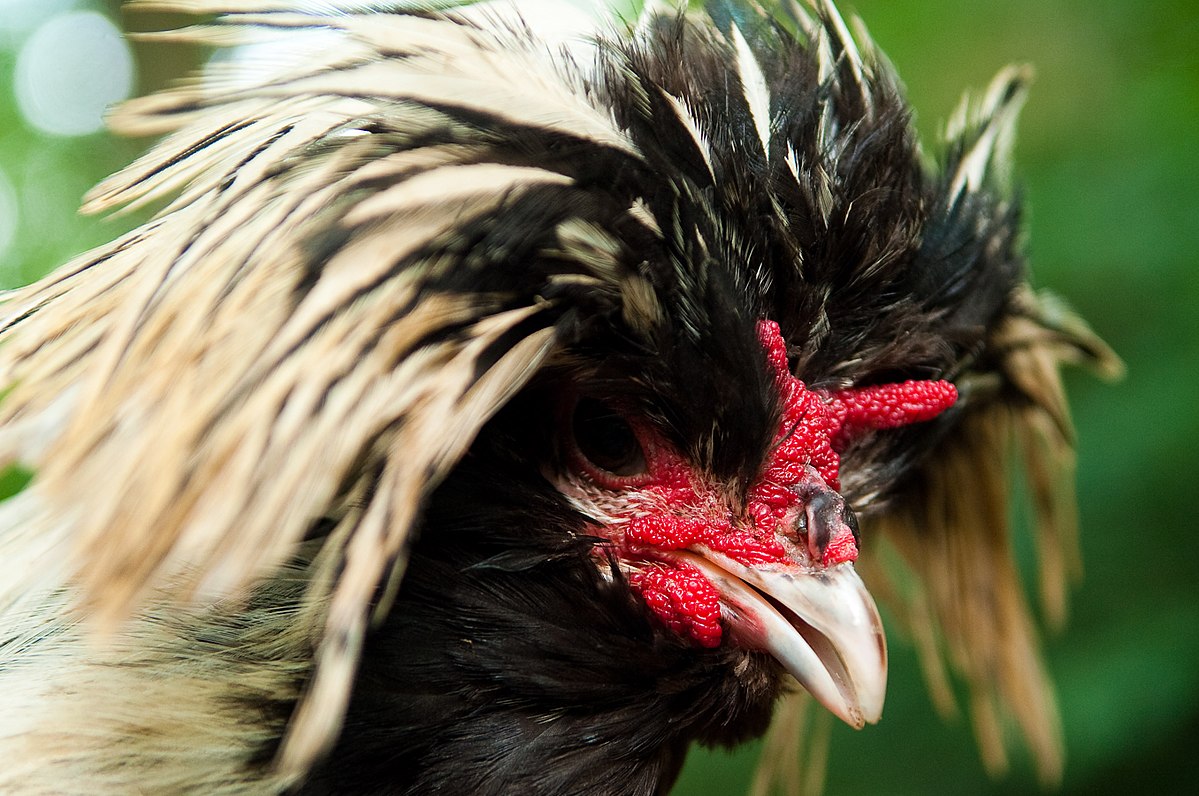
By CC BY-SA 3.0, Link
The Polish chicken is known for the crazy plume of feathers on its head. Often these fall down over their eyes, so while they are gentle and friendly, that can spook easily because the didn’t see you coming.
Polish chickens are now usually bred primarily as a show bird, but originally were known as productive egg layers. They rarely go broody and are known for their large white eggs.
There are also bearded, non-bearded and frizzle varieties of the Polish.
18. New Hampshire

By CC BY-SA 3.0, Link
Bred in the USA from a select line of Rhodesian Reds, the New Hampshire grow faster, feather up quicker and are early producers of large brown eggs, some strains lay eggs of a dark brown shell color. They can lay up to 240 eggs per year.
Roosters can be competitive and aggressive, but the hens are generally friendly and docile.
19. Icelandic
Bred in Iceland, the Icelandic chicken is a landrace breed – bred for characteristics other than their looks. As suck, they come in a wide range of colours and types. However, they are all very good foragers, incredibly weather hardy and reproduce easily.
They are wiley and wary, they can be tamed, but will always remain cautious. They lay very well and for many years.
20. Dominique
By CC BY-SA 3.0, Link
Also known as Dominicker or Pilgrim Fowl, these chickens originated in the USA during the colonial period. Dominiques are a dual purpose breed, being valued for their meat as well as for their brown eggs, which they lay from 6 months of age for many years.
The look similar to the barred plymouth rock, except that they have a rose comb rather than a single comb, and their barring on their feathers is more all over the place rather than in neat rows.
Best Heritage Chicken Breeds for Eggs
If you are looking for heritage breeds of chickens as a laying flock for your backyard, these 20 heritage breeds are the best laying chickens around if you do not want a hybrid chicken.
If you like tips on frugal living, self sufficiency and consuming less, sign up to our newsletter below, I would LOVE to have you!
What egg laying chicken breeds do you have at your place? Share your chicken experiences with me in the comments below!
Please pin and share with your friends.
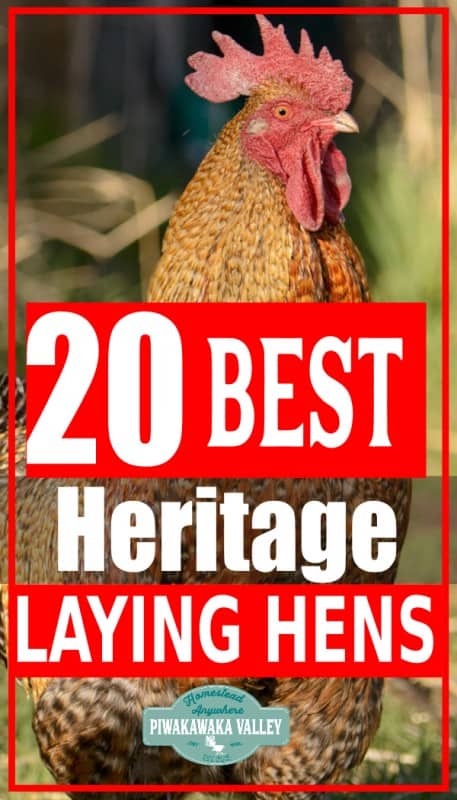 heritage chicken breeds for egg laying.”>
heritage chicken breeds for egg laying.”>
